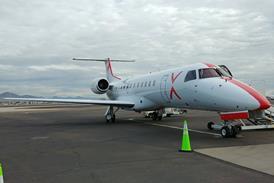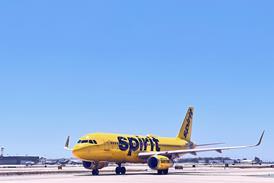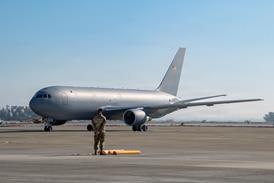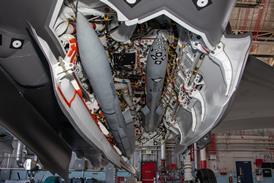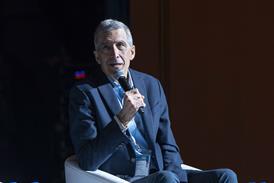FlightGlobal is the global aviation community’s primary source of news, data, insight, knowledge and expertise. We provide news, data, analytics and advisory services to connect the aviation community globally and help organisations shape their business strategies, identify new opportunities and make better decisions faster.
GE Aerospace and RTX warn tariffs will inflate 2025 costs, eye ‘tariff surcharge’

US manufacturing giants GE Aerospace and RTX expect to incur hundreds of millions of dollars in tariff-related expenses in 2025, with GE saying it intends to impose “tariff surcharges” on customers to help minimise financial fallout.
Keep reading this article by becoming a FlightGlobal member now
PLEASE REGISTER FOR FREE OR SIGN IN TO CONTINUE READING

You have reached your limit of free articles for this period. Register for a FREE account to read this article and benefit from:
- Increased access to online news and in-depth articles from:
- FlightGlobal Premium covering the global aviation industry
- Airline Business providing insight for business leaders
- Weekly newsletters on topics across the industry


